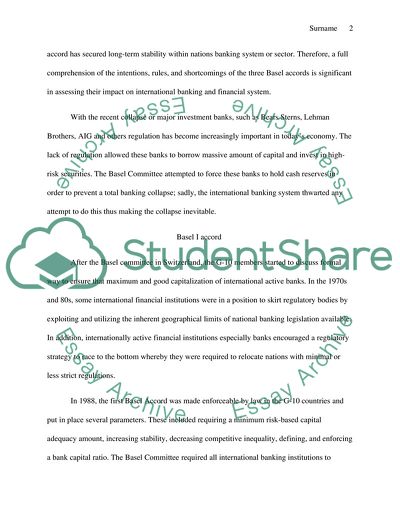Cite this document
(“Overkill or Not Enough: How the Basel Agreements affected the Essay - 1”, n.d.)
Overkill or Not Enough: How the Basel Agreements affected the Essay - 1. Retrieved from https://studentshare.org/history/1437151-overkill-or-not-enough-how-the-basel-agreements-affected-the-international-banking-system
Overkill or Not Enough: How the Basel Agreements affected the Essay - 1. Retrieved from https://studentshare.org/history/1437151-overkill-or-not-enough-how-the-basel-agreements-affected-the-international-banking-system
(Overkill or Not Enough: How the Basel Agreements Affected the Essay - 1)
Overkill or Not Enough: How the Basel Agreements Affected the Essay - 1. https://studentshare.org/history/1437151-overkill-or-not-enough-how-the-basel-agreements-affected-the-international-banking-system.
Overkill or Not Enough: How the Basel Agreements Affected the Essay - 1. https://studentshare.org/history/1437151-overkill-or-not-enough-how-the-basel-agreements-affected-the-international-banking-system.
“Overkill or Not Enough: How the Basel Agreements Affected the Essay - 1”, n.d. https://studentshare.org/history/1437151-overkill-or-not-enough-how-the-basel-agreements-affected-the-international-banking-system.


